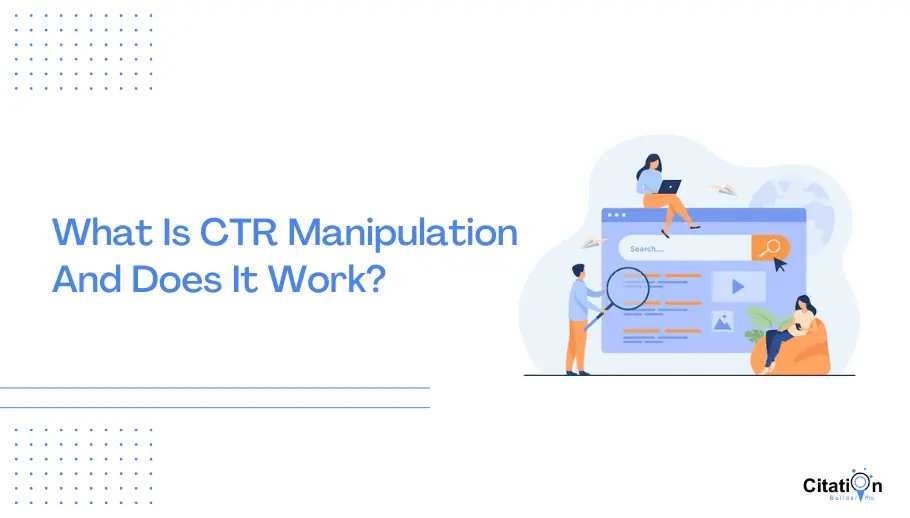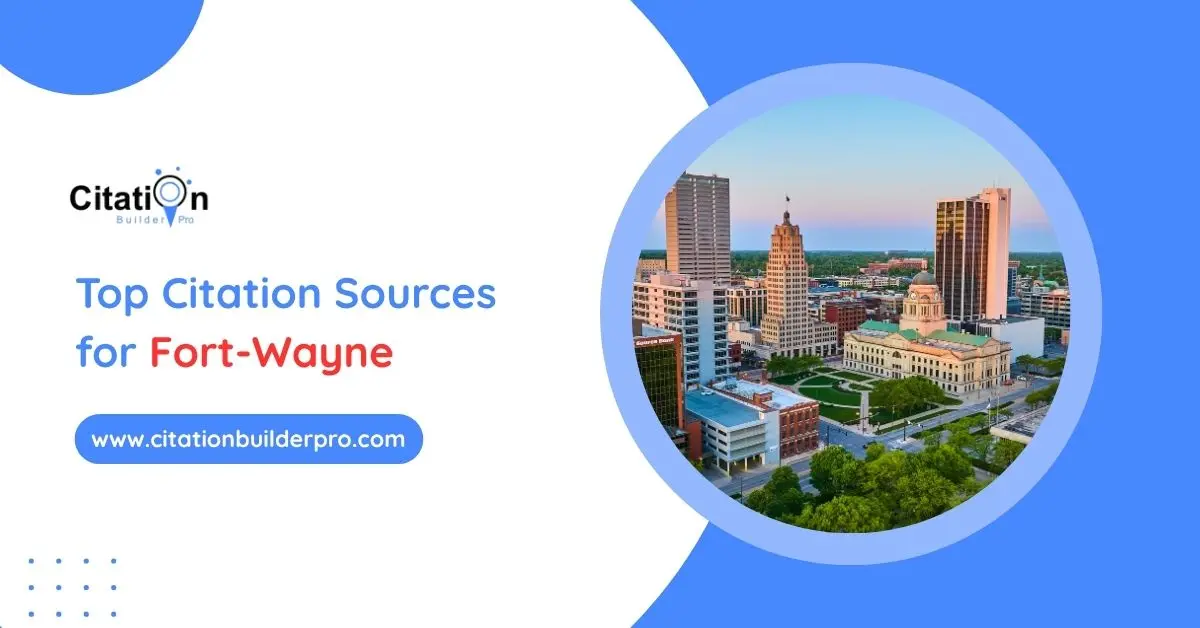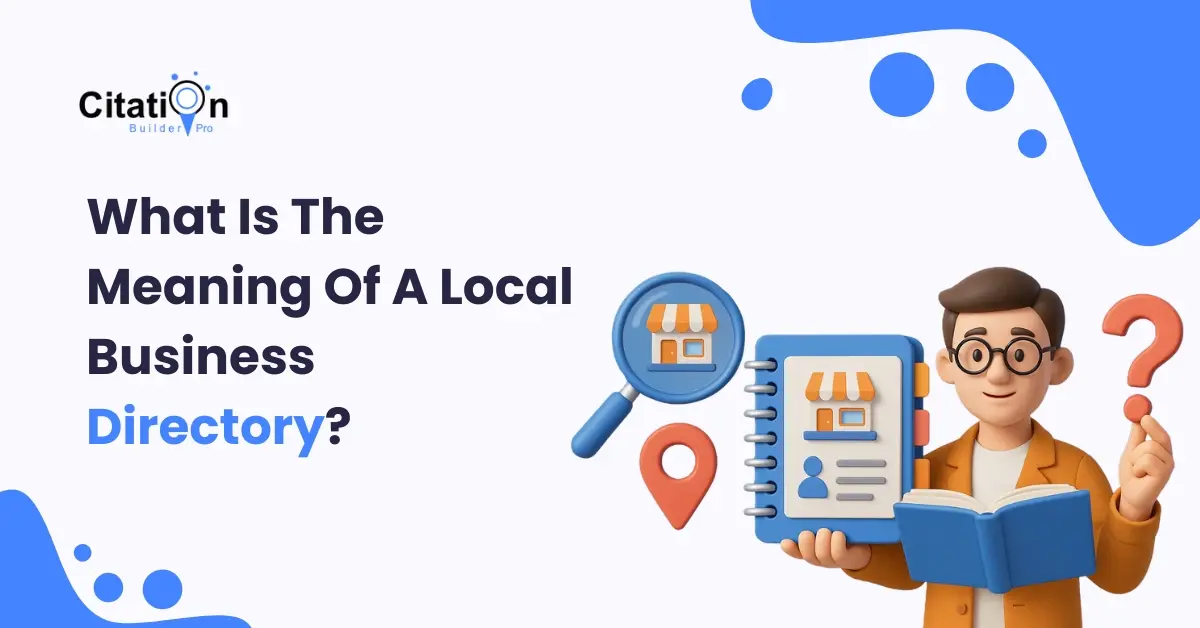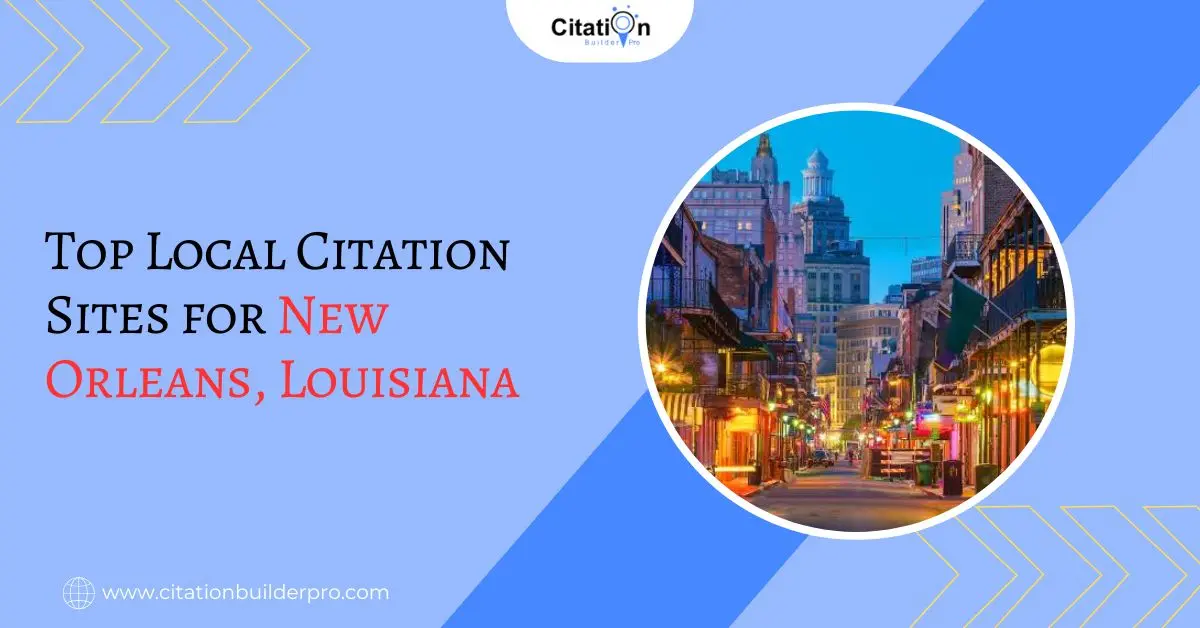CTR manipulation (Click-Through Rate manipulation) refers to the practice of artificially boosting the number of clicks a search result receives to improve its rankings. In the world of search engine optimization, it sits in a grey area between curiosity-driven experimentation and outright black-hat tactics.
With Google’s algorithms like Navboost analyzing user interaction data at scale, the tactic has become more controversial than ever. While it can deliver short-term results, CTR manipulation poses significant long-term risks to rankings, brand reputation, and SEO sustainability.
This guide explores CTR manipulation in depth from its mechanics and appeal to its risks, real-world case studies, Google’s official stance, and safer, more effective alternatives.
Table Of Contents
2. Understanding CTR in the Context of Google Search
2.1 What is CTR?
Click-Through Rate is the percentage of users who click on your search listing after seeing it.
Formula:
In SEO, CTR is a behavioral signal it reflects how compelling your search snippet is compared to competitors.
2.2 Why CTR Matters to Google
While Google denies using CTR as a direct ranking factor in isolation, evidence from patents (such as Google’s “Modifying search result ranking based on implicit user feedback”) and industry experiments suggest that click data can influence rankings indirectly when combined with other engagement metrics like dwell time and pogo-sticking behavior.
3. How CTR Manipulation Works
CTR manipulation methods can be divided into two major categories:
3.1 Human-Based CTR Manipulation
Paid Click Farms: Large groups of people paid to search a term and click a specific result.
Crowdsourced Clicks: Using platforms like Microworkers to pay for engagement.
Influence Networks: Asking followers or subscribers to click a link in SERPs.
3.2 Bot-Based CTR Manipulation
Headless Browsers: Tools like Puppeteer or Selenium simulate searches and clicks.
Residential Proxy Networks: Masking bot activity with real user IP addresses.
Behavior Simulation: Advanced bots mimic scrolling, mouse movement, and time-on-page.
3.3 Hybrid Methods
A mix of real human actions and automated bot traffic to appear organic.
4. The Appeal: Why SEOs Experiment with CTR Manipulation
4.1 Short-Term Ranking Boosts
Rand Fishkin’s 2014 Twitter experiment demonstrated that coordinated clicks can lead to noticeable ranking jumps within hours.
4.2 Beating Established Competitors
In competitive niches, some SEOs see CTR manipulation as a way to “nudge” Google into re-evaluating their pages faster.
4.3 Testing Algorithm Responsiveness
For SEO researchers, CTR manipulation is a way to test how quickly Google reacts to behavioral signals.
5. Real-World Case Studies & Experiments
5.1 Rand Fishkin’s Experiment
Audience: Twitter followers
Method: Encouraged users to search “IMEC Lab” and click the Moz result
Outcome: Ranking improved within hours, reverted in days
Takeaway: Works short-term, not sustainable
5.2 Local SEO Campaigns
Some small businesses report ranking boosts after using geo-targeted CTR campaigns. However, gains often disappear within weeks if engagement isn’t supported by real traffic.
5.3 YouTube CTR Tests
CTR manipulation concepts are similar in YouTube SEO high CTR and watch time often lead to increased video rankings, but artificial spikes get corrected quickly.
6. Why CTR Manipulation Fails Long-Term
6.1 Google’s Navboost
Entity: Navboost is part of Google’s ranking systems, analyzing clicks at query level.
Detects unnatural click patterns and cross-references with other engagement metrics.
6.2 Behavioral Pattern Analysis
Sudden CTR spikes without other quality signals raise flags.
Google cross-checks search refinements (when users click back and choose another result).
6.3 Bot Detection Technology
Mouse movement, scrolling depth, and interaction speed are tracked.
Bot-generated clicks often have “perfect” patterns, unlike real human randomness.
6.4 Risk of Manual Action
If detected, you could face ranking drops or loss of indexed pages.
7. Ethical Concerns & Reputation Risks
Using CTR manipulation can:
Damage client trust if caught.
Violate SEO contracts and industry ethics.
Harm long-term brand reputation if linked to spammy tactics.
8. Google’s Official Position
John Mueller (Google Search Advocate) has stated multiple times that artificial CTR is not a viable long-term ranking strategy.
Google’s Search Quality Rater Guidelines emphasize genuine user satisfaction over manipulated metrics.
9. Safer, Sustainable Alternatives to CTR Manipulation
9.1 Meta Title & Description Optimization
Craft compelling titles that promise clear value, and use meta descriptions with emotional triggers.
9.2 Schema Markup
Implement FAQ schema, review schema, and product schema to gain rich snippets.
9.3 Content Depth & Search Intent Alignment
Create content that fully answers queries and anticipates follow-up questions.
9.4 SERP Feature Targeting
Optimize for “People Also Ask”
Aim for featured snippets
9.5 Local SEO Engagement
Encourage real customer positive reviews, accurate citations, and community mentions.
10. Practical Framework to Increase CTR Without Manipulation
SERP Audit: Identify your current CTR in Google Search Console.
Competitor Snippet Analysis: See what competitors do differently.
A/B Test Titles & Descriptions: Track impact over 28 days.
Add Visual Elements: Use images and videos where supported.
Leverage Brand Recognition: Mention recognizable brands/entities in meta text.
Conclusion
CTR manipulation remains a high-risk, low-sustainability tactic. While it may bring short-term wins, Google’s behavioral analysis systems like Navboost and detection technologies ensure that only genuine engagement stands the test of time.
By focusing on authentic strategies from meta optimization to rich snippets and intent-driven content you not only improve CTR but also future-proof your SEO results.
Frequently Asked Questions (FAQs)
1. Is CTR manipulation legal in SEO?
CTR manipulation is not illegal in the sense of breaking the law, but it violates Google’s Webmaster Guidelines. This means it’s considered a “black-hat” tactic in SEO, and if detected, your site could lose rankings or even be deindexed. While some marketers experiment with CTR manipulation for research, it’s risky for long-term business websites.
2. How long do CTR manipulation results usually last?
If CTR manipulation works, the effects are typically short-lived often just a few days or weeks. Google’s ranking systems, including Navboost, re-evaluate user engagement constantly. When artificial clicks stop or fail to match real engagement signals like dwell time, rankings usually return to their previous positions.
3. Can CTR manipulation improve local SEO rankings?
In some cases, artificially boosting clicks from a specific location can temporarily influence local pack rankings. However, local search algorithms also factor in reviews, proximity, and real engagement. Without genuine interest from local users, manipulated results usually fade quickly.
4. What is the difference between CTR manipulation and CTR optimization?
CTR manipulation uses artificial or paid methods to increase clicks on a search result. CTR optimization, on the other hand, is a legitimate strategy that improves titles, meta descriptions, and SERP appearance to earn clicks naturally from real searchers. The latter is safe, sustainable, and recommended by Google.
5. How does Google detect CTR manipulation?
Google uses multiple detection methods, including analyzing click patterns, identifying unusual traffic sources, tracking dwell time, and comparing behavior against normal user interactions. Sudden spikes in CTR without matching improvements in engagement can trigger algorithmic filters or manual reviews.
How useful was this post?
Average rating 5 / 5. Votes: 2
No votes so far! Be the first to rate this post.

I am the founder of Citation Builder Pro. I have been in the SEO and content marketing industry for 15 years and have a lot of experience in public relations and online marketing.
I started Citation Builder Bro to help businesses of all sizes create high-quality citations for their websites. My team and I are dedicated to providing our clients with the best possible services.






